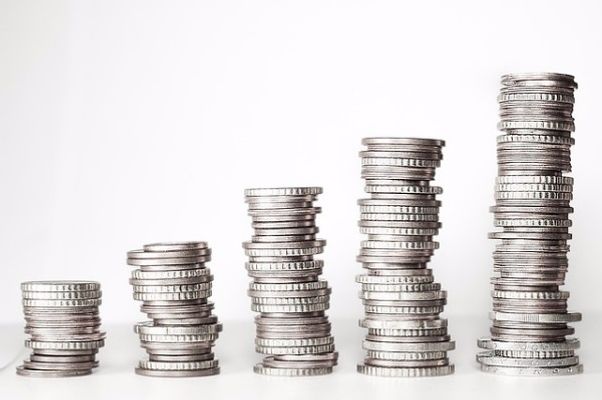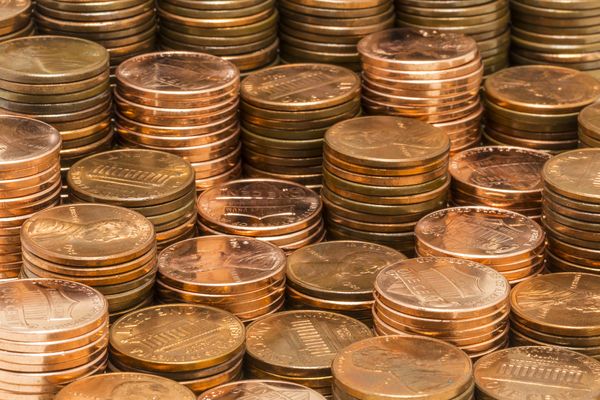2.3.1
Light Industry, Chemicals & Consumer Goods
Light Industry and Chemicals
Light Industry and Chemicals
Under Khrushchev, there was more emphasis on light industry and chemicals than under Stalin, whose focus had largely been on heavy industry.


Central targets
Central targets
- Targets continued to come from the centre.
- Meeting targets mattered more than meeting the needs of the country or its industrial sector.
- Productivity remained low.


Limited reform
Limited reform
- Khrushchev set up regional economic councils.
- There were 105 of them.
- The regional councils replaced the national ministries.
- Their aim was to avoid waste and over-regulation. In reality, they created another layer of bureaucracy.
- There was also a greater focus on light industry.


Chemicals
Chemicals
- Khrushchev introduced a Seven-Year Plan in 1959.
- The focus on light industry was accompanied by more chemical production under the plan.
- Chemical fertilisers could be used to support Khrushchev's agricultural policies, such as the Corn Campaign.


Success of Khrushchev's plan
Success of Khrushchev's plan
- Consumer goods and chemicals production increased.
- Overall growth was lower than Khrushchev had hoped for.
- Chemical production missed its target by 20%.
Consumer Goods
Consumer Goods
Khrushchev made much more of an effort than Stalin to cater to the needs of the average consumer. This led to a certain amount of rebalancing of the economy.


Better trousers
Better trousers
- Khrushchev famously said: 'It is no use everyone having the right ideology if they have to walk around without any trousers'.
- He also joked that you 'cannot put theory in your soup or Marxism in your clothes'.


Living conditions
Living conditions
- Khrushchev introduced a minimum wage in 1956.
- Average household income increased.
- Diets became more varied. People were less reliant on bread and potatoes.
- Overall standards of living increased marginally.
1Communist Government in the USSR, 1917-85
1.1Establishing Communist Party Control, 1917-24
1.2Stalin in Power, 1928-53
1.2.1The Elimination of Opponents
1.2.2The Purges of the 1930s
1.2.3End of Topic Test - The Elimination of Opponents
1.2.4Stalin's Power Over the Communist Party
1.2.5Stalin's Power During & After the Communist Party
1.2.6End of Topic Test - Power Over the Communist Party
1.2.7A-A* (AO3/4) - Stalin in Power
2Industrial & Agricultural Changes
2.1Towards a Command Economy
2.2Industry & Agriculture in the Stalin Era
3Control of the People, 1917-85
3.1Media, Propaganda & Religion
3.2The Secret Police
4Social Developments, 1917-35
4.1Social Security
4.2Women & Family
5Historical Interpretations
5.1What Explains the Fall of the USSR, 1985-91?
5.1.1Economic Weakness
5.1.2Attempts at Economic Reform
5.1.3Failure To Reform The Communist Party & Soviet Gov
5.1.4Impact of Reforms
5.1.5End of Topic Test - Economic Reform
5.1.6Impact of the Nationalist Resurgence
5.1.7Impact of the Nationalist Resurgence 2
5.1.8End of the USSR
5.1.9Gorbachev & Yeltsin's Responsibility
5.1.10End of Topic Test - Nationalist Resurgence
5.1.11A-A* (AO3/4) - Explaining the Fall of the USSR
Jump to other topics
1Communist Government in the USSR, 1917-85
1.1Establishing Communist Party Control, 1917-24
1.2Stalin in Power, 1928-53
1.2.1The Elimination of Opponents
1.2.2The Purges of the 1930s
1.2.3End of Topic Test - The Elimination of Opponents
1.2.4Stalin's Power Over the Communist Party
1.2.5Stalin's Power During & After the Communist Party
1.2.6End of Topic Test - Power Over the Communist Party
1.2.7A-A* (AO3/4) - Stalin in Power
2Industrial & Agricultural Changes
2.1Towards a Command Economy
2.2Industry & Agriculture in the Stalin Era
3Control of the People, 1917-85
3.1Media, Propaganda & Religion
3.2The Secret Police
4Social Developments, 1917-35
4.1Social Security
4.2Women & Family
5Historical Interpretations
5.1What Explains the Fall of the USSR, 1985-91?
5.1.1Economic Weakness
5.1.2Attempts at Economic Reform
5.1.3Failure To Reform The Communist Party & Soviet Gov
5.1.4Impact of Reforms
5.1.5End of Topic Test - Economic Reform
5.1.6Impact of the Nationalist Resurgence
5.1.7Impact of the Nationalist Resurgence 2
5.1.8End of the USSR
5.1.9Gorbachev & Yeltsin's Responsibility
5.1.10End of Topic Test - Nationalist Resurgence
5.1.11A-A* (AO3/4) - Explaining the Fall of the USSR
Unlock your full potential with Seneca Premium
Unlimited access to 10,000+ open-ended exam questions
Mini-mock exams based on your study history
Unlock 800+ premium courses & e-books